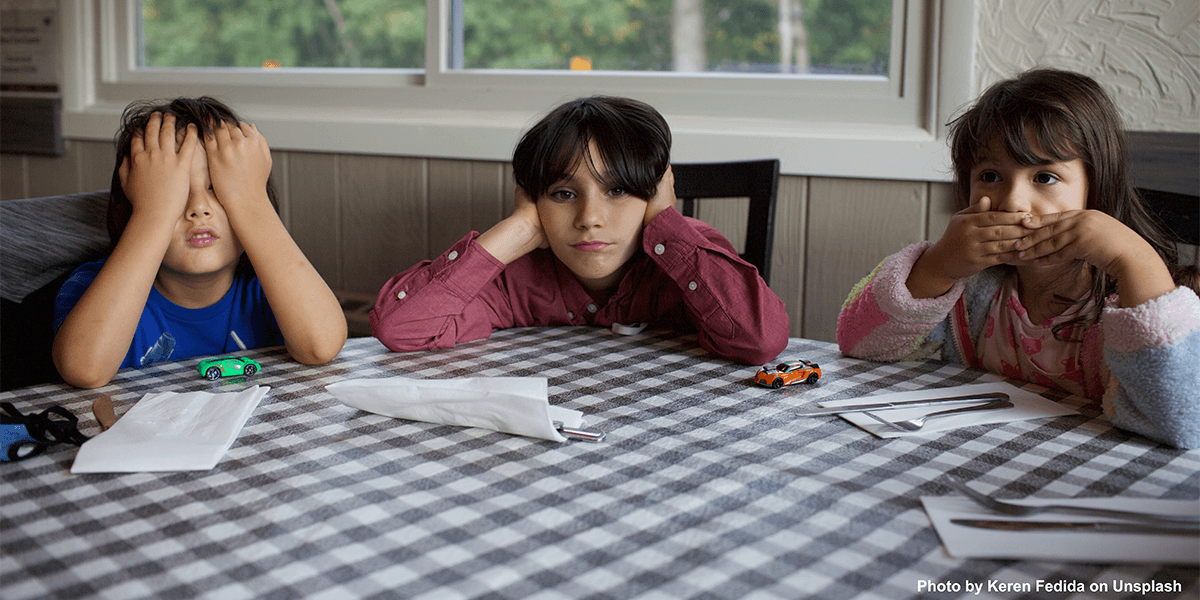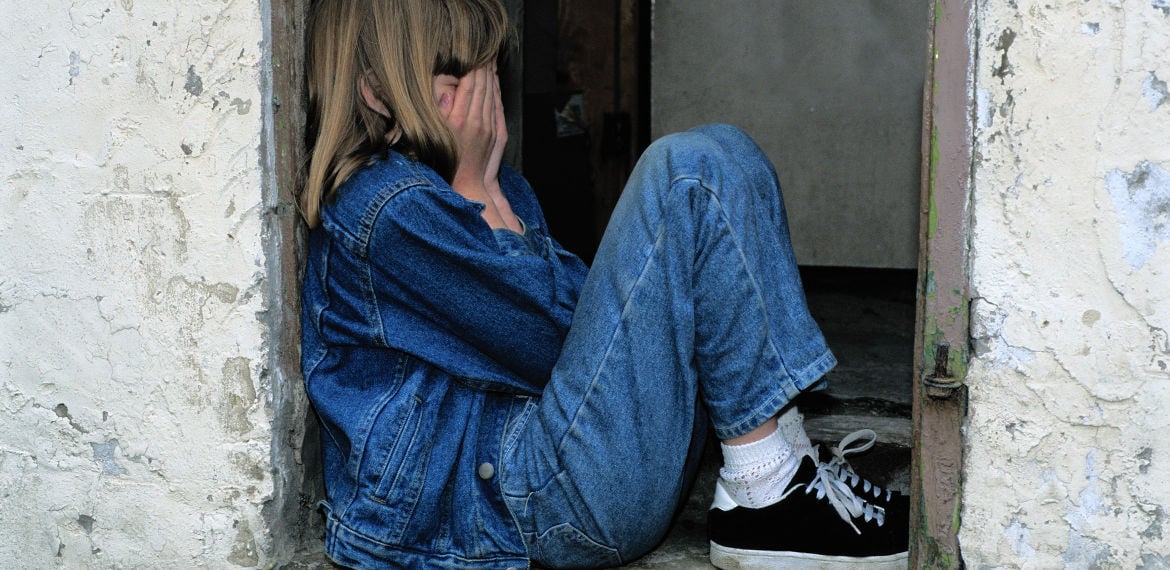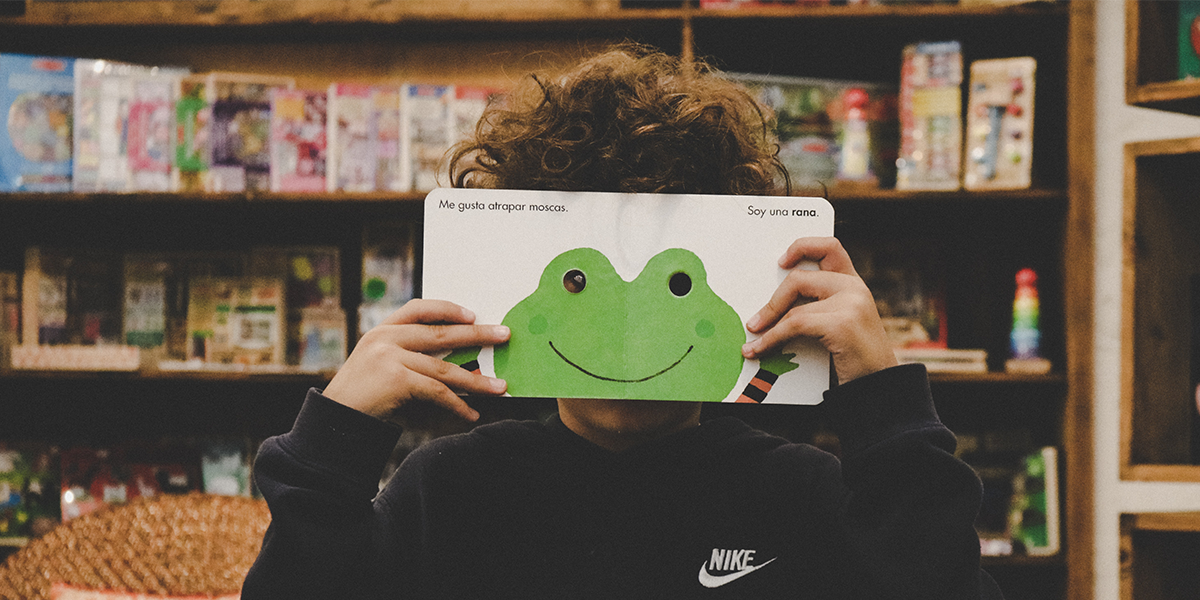
Why Kids Behave Negatively or Pull Away
Some children have a difficult time throughout their lives but can manage and yet, others will struggle to manage. A typical sign that a child is struggling to cope with changes in their life, the stress they experience, or an unstable environment is when problematic behaviors are displayed. By working with a child therapist, a parent or guardian can understand what their child is going through, where they are developmentally, and better approach them effectively. A therapist will help identify the gaps and help set goals in several areas:
Goal #1: Sustainable Relationships
Throughout a child’s development, having the ability to create a healthy attachment to their caregiver is key for their long-term emotional stability. If a child is not able to build a stable identity at a young age and their teenage years, it can be tricky for them to seek out or maintain healthy relationships in their adulthood.
This all starts during their infant and toddler years. A child needs to create a secure attachment with their parents, siblings, and people who are consistently involved in their lives. Relationships like these can be like cornerstones from where the child begins building their sense of self and their own perspective of the world around them. While relationships are a crucial ingredient, a reliable and consistent environment can serve as another setpoint in a child’s development. This balance of nature (secure environment) and nurture (stable relationships) helps a child create a sense of normalcy in their life. Even though it may not be as critical as relationships, something that’s often underestimated is the importance of a child’s environment and how this can determine their ability to connect, maintain, or preserve relationships in years to come.
Even though it may be unintentional, an unstable or unsafe environment can impact a child and make it more difficult to create a stable sense of self. To an adult, change is manageable and relationships that come and go are normal. However, this can rock the foundation of a child’s internal and external world. This instability highlights another concept that is often overlooked. Even if life seems stable objectively, a perceived instability can impact a child’s identity and overall behavior, similar to a “real” unstable environment.
These truths are why it’s critical to be aware of your child’s reality and understand how they perceive the world around them. At a young age, children cannot properly communicate what they are experiencing or what they may be feeling. Because of this, play therapy becomes necessary to interpret and understand a child’s perception and become aware of changes that could positively impact your child’s future.
Goal #2: Play, Like A Picture, Can Mean a Thousand Words
Anger, sadness, joy, and fear… these words can define a variety of experiences we have throughout our life. Sometimes these words are enough for children to understand or explain the world around them. However, because they have not had enough time to fully develop their minds or vocabulary, children do not have the words they need to understand or explain their experiences, leading them to hold feelings inside of them. This internalization of their emotions happens if or when a child goes through something they cannot express or even understand themselves. Because of this, play therapy can be a gateway for them to express themselves in a way they could not before. Play therapy provides a “playground” for children to use their creative imaginations through active play and is an excellent way for a trained therapist to understand and decipher the message they’re not able to deliver in words.
Goal #3: A Child’s Network
Along with creating healthy relationships and strong attachments to adults in their lives, children need to interact and experience connecting with others around their age. Even when they’re young, children can have difficulty understanding themselves, boundaries, and cultivating connections with peers around them. It’s in these moments, when going outside of their comfort zone to meet someone, that children can experience anxiety, fear, and uncertainty. These uncomfortable feelings become especially prominent when they experience being shamed by their peers or bullying. Often, it can be difficult for children to want to discuss and explore these topics, even with people in their lives with whom they feel safe. Developing ways to communicate and identify language to use can help support a child throughout their lives.
Goal #4: Learning How To Roll With the Punches
Whether we like it or not, something that is consistent throughout life is change. Just about anything in life can change. It can be events like moving to a different town and people coming or going from life to parents who, at one time, seemed in love but are now getting a divorce. Similar to how a child needs to have healthy attachments or a stable environment, the ability to roll with the punches aka cope is a necessary skill for a child to adapt and manage their emotions in a healthier way when changes in their lives are outside of their control.
A key aspect for a therapist in counseling is teaching others how to develop and utilize specific skills to better manage the hurt or stress they experience when their environment changes. A child learning and practicing these skills is critical to gaining a sense of control in their lives, regardless of the changes they may experience. When these skills have been developed, a parent can walk alongside their child by helping them navigate what they experience and what to do about the experience.

About Lifeologie
Lifeologie Counseling was founded in 2000 with one goal in mind — to bring a fresh, innovative approach to the everyday problems of life. Creative solutions to stuck problems®. With our unique multi-specialty, collaborative approach, Lifeologie Counseling helps individuals and families heal their wounds and break out of old, unhealthy patterns.




